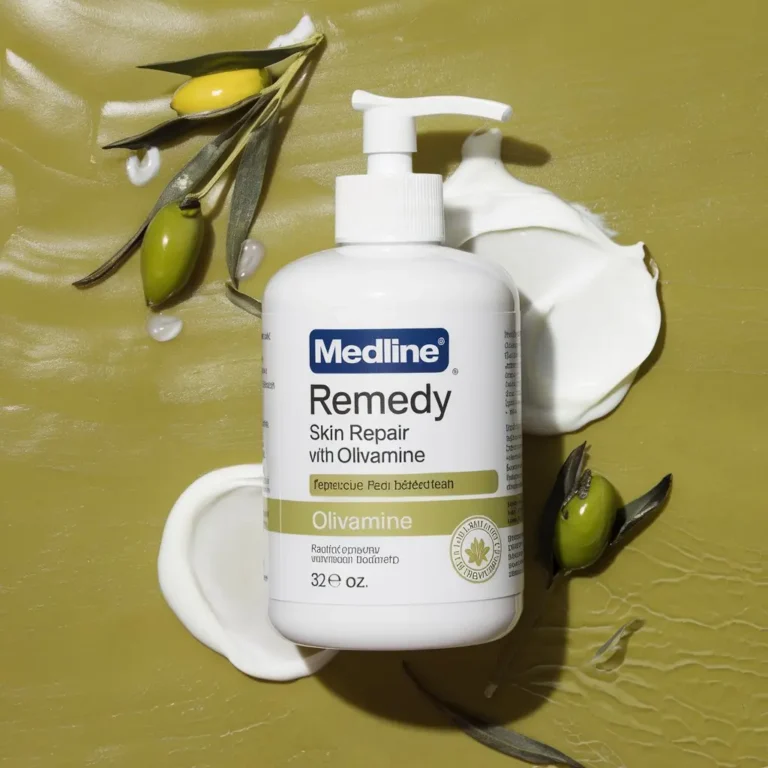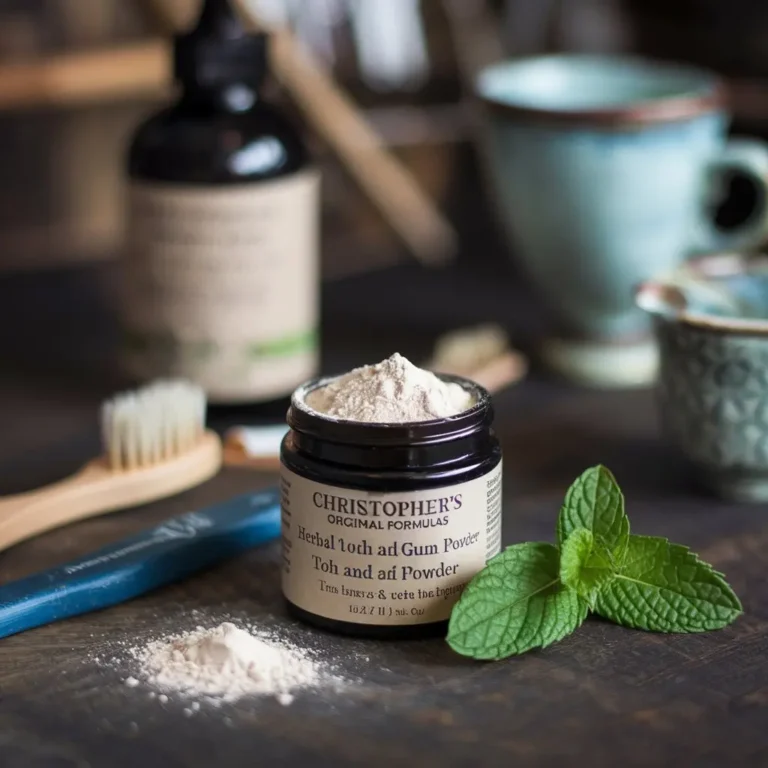can open close arm after workout bicep heal fast bcops Guide
If you’ve ever experienced the inability to fully open or close your arm after a bicep workout, you are not alone. This is a common issue that many gym-goers face, and it can be uncomfortable. However, with the right approach, you can heal your biceps quickly and get back to your normal routine. In this guide, we’ll explore the causes, tips for fast healing, and how to prevent future injuries.
Why Does This Happen?
Bicep soreness, often called Delayed Onset Muscle Soreness (DOMS), is common after intense workouts. Your muscles undergo microscopic tears during exercise, which lead to soreness. This is a natural part of muscle growth. However, sometimes the soreness can be more severe, and you may have difficulty moving your arm.
What Causes Severe Bicep Soreness?
Overloading your muscles can cause excessive tearing of muscle fibers. This often happens when you lift heavier weights than usual or perform high repetitions. Additionally, poor form can strain the bicep and lead to injury. If you don’t warm up properly before exercising, your muscles are more prone to injury.
Can You Speed Up Recovery?
Yes, you can speed up recovery with some simple techniques. Rest is essential. Your muscles need time to repair themselves after a workout. Overworking them can slow down the healing process. Along with rest, hydration plays a key role. Water helps to flush out toxins and reduce inflammation. Stretching your biceps can also improve blood flow and aid in recovery.
Tips for Quick Bicep Recovery
- Rest Your Muscles
Avoid working out your biceps for a few days to allow them to heal. Engage in light activities that don’t strain your arms. - Hydrate Well
Drink plenty of water throughout the day. Staying hydrated reduces muscle stiffness and soreness. - Use Cold and Hot Therapy
Apply a cold compress to reduce swelling. After 48 hours, switch to heat to relax the muscle and improve blood flow. - Massage Your Bicep
Gently massage your bicep to relieve tension and increase circulation. This helps to reduce muscle tightness and improves healing. - Stretch Regularly
Light stretches help to maintain flexibility in your biceps. Don’t push your muscles too hard while they are sore.
Can You Prevent Bicep Pain?
Preventing bicep pain is easier than you might think. Focus on proper form when exercising. If you’re unsure about your technique, consider working with a trainer. Warming up before each workout is crucial. A simple 5-10 minute warm-up can prepare your muscles and reduce the risk of injury. Cooling down after your workout is just as important. Stretching your biceps after exercising helps to reduce soreness.
Best Stretches to Heal Biceps
Stretching can speed up recovery and prevent future injuries. Here are some effective stretches for sore biceps:
- Bicep Wall Stretch
Stand next to a wall and place your hand on it with your arm extended. Slowly turn your body away from the wall to feel a stretch in your bicep. - Cross-Body Arm Stretch
Pull one arm across your body and hold it with your other arm. This stretch targets the bicep and shoulder muscles. - Towel Stretch
Hold a towel behind your back with one hand above and the other below. Gently pull on the towel to stretch your biceps.
Should You See a Doctor?
In most cases, severe soreness after a bicep workout is normal. However, if the pain persists for more than a week or is accompanied by swelling, bruising, or a popping sound, you should seek medical attention. These symptoms may indicate a more serious injury, such as a torn bicep tendon.
How Long Does It Take to Heal?
The healing process varies from person to person. Generally, mild to moderate soreness should improve within 3-5 days. However, if the soreness is severe, it may take up to two weeks for your biceps to fully recover. During this time, avoid heavy lifting or strenuous activity.
How to Stay Active During Recovery
While you may need to rest your biceps, you can still stay active. Focus on other muscle groups, such as your legs or core. Low-impact exercises like walking, cycling, or swimming can keep you moving without straining your arms. Listen to your body and avoid any activities that cause discomfort.
Proper Nutrition for Faster Recovery
Your diet plays a significant role in how quickly your muscles recover. Eating protein-rich foods helps repair muscle fibers. Include lean meats, eggs, beans, and nuts in your diet. Omega-3 fatty acids, found in fish and flaxseeds, reduce inflammation and promote healing. Don’t forget to eat plenty of fruits and vegetables for their vitamins and antioxidants.
Supplements to Support Recovery
In addition to a healthy diet, certain supplements can help speed up muscle recovery. Here are some popular options:
- Protein Powder
Whey protein is a quick and easy way to meet your protein needs, especially after a workout. - BCAAs (Branched-Chain Amino Acids)
BCAAs help to reduce muscle soreness and improve recovery. They can be taken before or after your workout. - Omega-3 Supplements
Omega-3s help to reduce inflammation and promote muscle repair. Fish oil is a common source of this nutrient. - Glutamine
Glutamine is an amino acid that supports muscle recovery and helps to reduce soreness.
When to Return to Your Workout Routine
It’s important to ease back into your workout routine after your biceps heal. Start with lighter weights and lower repetitions to avoid re-injuring your muscles. Focus on proper form and listen to your body. If you experience pain during your workout, stop immediately and rest.
How to Warm Up Before a Bicep Workout
A proper warm-up is key to preventing injury. Spend 5-10 minutes on light cardio to get your blood flowing. Follow this with dynamic stretches, such as arm circles or bicep curls with light weights. This prepares your muscles for the upcoming workout and reduces the risk of strains.
Cooling Down After Your Workout
Cooling down is just as important as warming up. After your bicep workout, take a few minutes to stretch your muscles. This helps to prevent stiffness and soreness the next day. Use foam rolling on your biceps to relieve tension and improve recovery.
Common Mistakes to Avoid
Many people make mistakes that can slow down their recovery or lead to injury. Avoid these common errors:
- Skipping the Warm-Up
Always warm up before exercising. Cold muscles are more likely to get injured. - Overtraining
Don’t work out the same muscle group every day. Your muscles need time to recover. - Using Poor Form
Proper technique is key to preventing injury. If you’re unsure of your form, ask a trainer for help. - Not Listening to Your Body
If you feel pain during your workout, stop. Ignoring pain can lead to serious injury.
Conclusion
Inability to open or close your arm after a bicep workout is frustrating but manageable. With proper rest, hydration, and stretching, you can heal quickly. Avoid overworking your muscles and focus on proper form to prevent future injuries. Incorporate a balanced diet and supplements to support your recovery. Remember, your body needs time to heal, so be patient and allow yourself to recover fully before returning to your regular workout routine.







